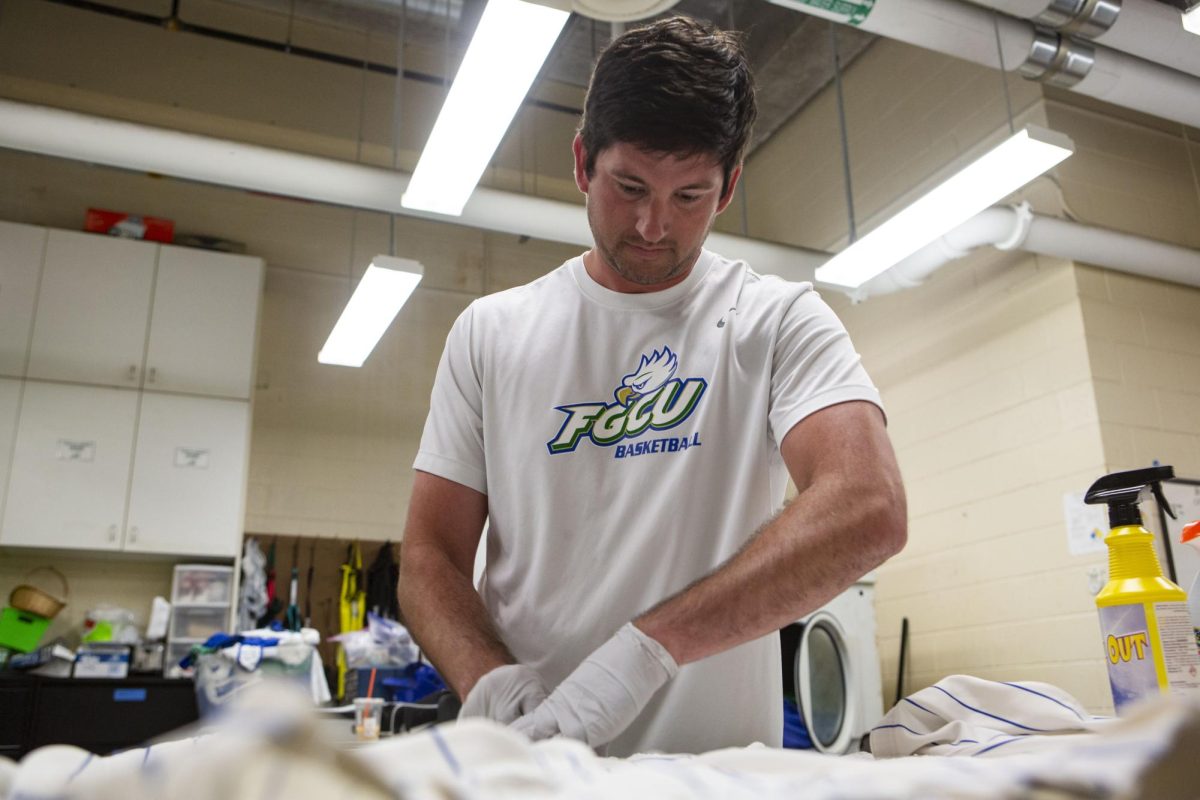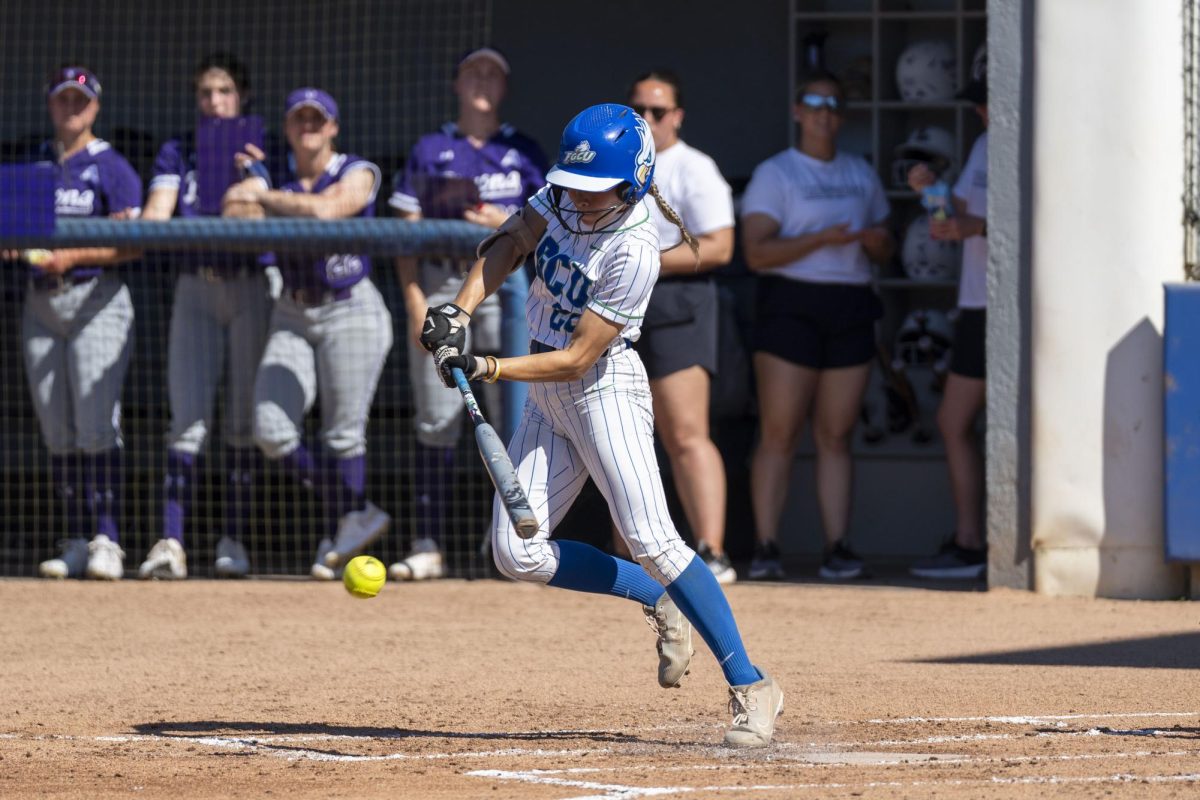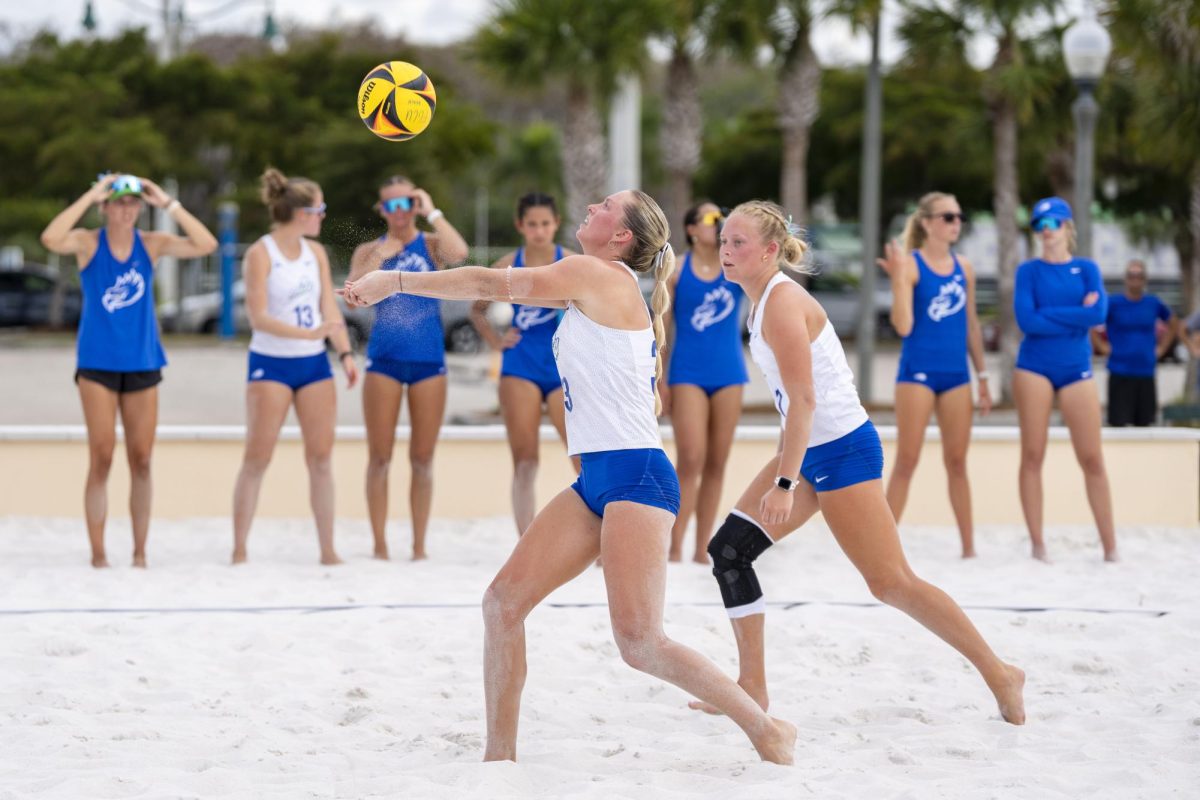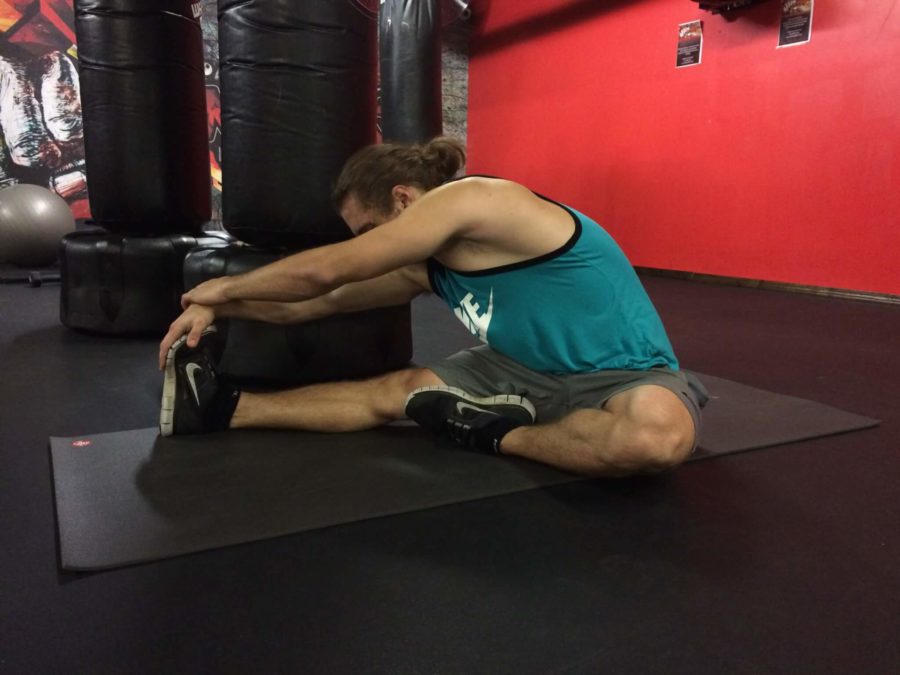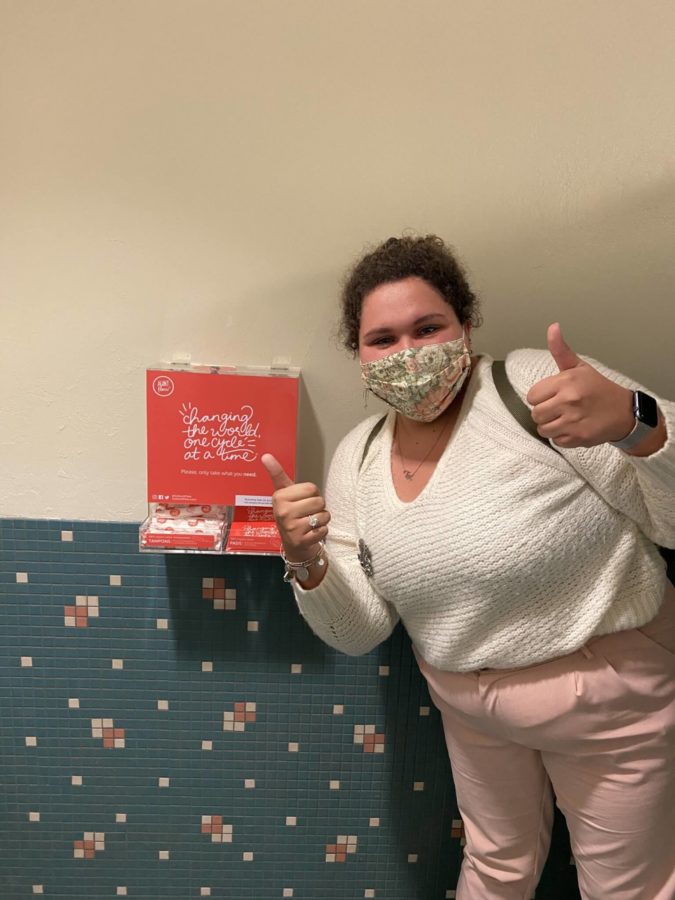 What do you think most people skip during their workout? Is it a certain a body part? Or is it cardio? Or maybe it is resistance training? It’s none of those. It’s stretching. Stretching before and after physical activity seems so simple and quick that most of us neglect to include it in our workout.
What do you think most people skip during their workout? Is it a certain a body part? Or is it cardio? Or maybe it is resistance training? It’s none of those. It’s stretching. Stretching before and after physical activity seems so simple and quick that most of us neglect to include it in our workout.
Thomas Leonard, a sophomore majoring biochemistry, usually warms up with running or rowing for two minutes and then does static stretches in between sets. But that doesn’t happen all the time.
“I try to do it as often as I can, but I know I should be doing it more frequently,” he said.
Half of the students asked said they didn`t stretch at all or did very rarely.
Why do we tend to blow off stretching so often? There are quite a few excuses you might come across. One of them is that you don’t have enough time to stretch after the workout because you are happy to be done and ready to take off. Or maybe it’s a pain in the butt for you because you know you are not flexible enough and don’t even want to bother pushing your hands toward your toes. Or maybe you don’t see immediate results such as sweat or weight loss, so what’s the point?
Whatever your excuse is, forget it, get over it and stretch.
According to HealthGuidance.org, stretching has several advantages that cannot be overlooked. First of all, it improves muscle development and increases the range of motion, which helps you lift weights through the full range of movement and develop long, lean muscles. You will also become more flexible at the same time.
Second, it warms you up and reduces the chance of injury. During warmup, you increase the blood flow in your muscles, which provides a fresh oxygen supply as well as nutrients to keep you going.
Also, as you stretch, your muscles and tendons will become more flexible, so you are less likely to pull or tear a muscle or tendon.
Lastly, it improves your posture. Stretching your lower back, chest and shoulder muscles will help keep your back and shoulders in better alignment, which is the base of a healthy posture.
Being an athletic training major, Meredith Waln, senior, knows the science behind stretching and finds it very important. She always does it before and after her workouts.
“We (athletic training program) are very big on stretching and proper warmup,” she said. “I also have a foam roller at home that I use to stretch my muscles when they get really tight.”
Now that you know that you must stretch, here are three main methods you can incorporate in your training program.
1. Static stretch: Stretch a muscle as far as you can and hold it there for 15 to 30 seconds. Do it mostly after you have finished working out.
2. Dynamic stretch: Move your arms and legs through a range of motions without stopping at any particular position. Do it before you workout. It can be just simply doing arm swings and hip rotations, but jogging or rowing for five to 10 minutes will do it too.
3. Myofascial stretch: This stretching method requires a foam roller. Apply pressure to different muscles by sliding parts of your body over it. You can do this any time. It may also work as a self-massage to release muscle tightness and trigger points. You probably are familiar with those knots that tend to hurt when your muscles are really tight. Sliding on a foam roller can smooth those out. It might hurt a bit, but it works.
Lauren Lawton, a freshman nursing student, always stretches for 10 to 15 minutes after she works out, and she enjoys the advantages stretching comes with.
“I either do static stretches or use the foam roller,” she said. “I think it helps a lot because I’m never sore after.”







